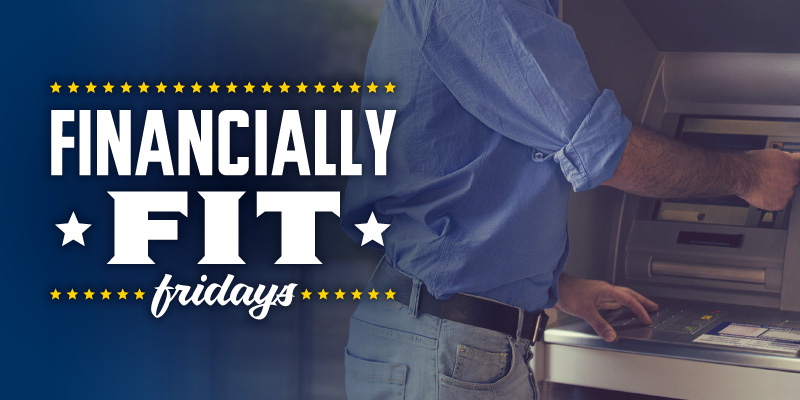Your financial information can be stolen at any time of the year, but people are particularly vulnerable during the holidays, just because everyone’s spending more. But when you have Card Guard® from America First, you control when, where & how your Visas are used—giving you the best possible protection.
Our revolutionary security app is free and available for Apple and Android devices. Download it, then log in to your account and pick the credit, debit and ATM cards you want to manage.
Customizable Control
If you misplace a credit card, for example, you can flip a switch and it will be disabled. Once you’ve retraced your steps and realize, for some reason, that you put your card in the fridge, you can quickly and easily turn it back on.
Another feature lets you set geographic limits on where cards can be processed. You can also choose to allow transactions only if your smartphone is in the vicinity. If anyone tries to use your card number in a store outside of this pre-determined area, or if the scammer doesn’t have your mobile device with them, the purchase will be declined.
Card Guard also lets you allow some transaction types and decline others. Or you can determine which card you want to be used at certain department stores, gas stations, restaurants, and grocery stores. This kind of control can prevent theft or help you manage your budget.
Additionally, your card can deny any transactions above a pre-determined spending threshold, stopping scammers from buying things with huge price tags. However, some criminals start by buying something smaller to test the card, which is why you want to set up real-time alerts.
Instant Notifications
These notifications are one of the coolest things about the Card Guard app. Once real-time notifications are enabled, your phone will deliver instant alerts about specific transactions or when your card number is being used at all. So, if you get an alert in the middle of the night, you can quickly review the transaction and see if you need to turn your card off or if it’s just your recurring charge from Netflix.
Add extra protection to all your purchases with Card Guard today.










